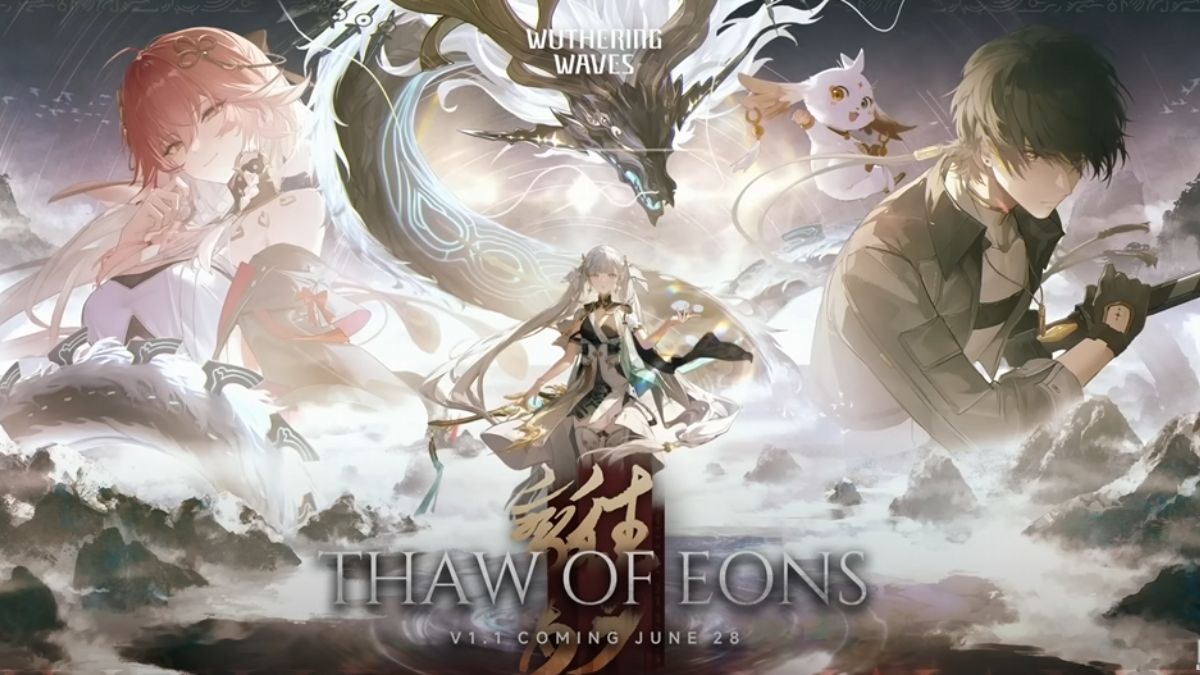For all the success stories that Kickstarter holds near and dear to its crowdfunding heart, more and more of the much-lauded Kickstarted projects are proving to be outright flops.
See science fiction novelist Neal Stephenson’s pet project, CLANG – a revolutionary arena-based swordfighter video game with a brand new controller that promises an escape from the traditional button-click or key-press.
A self-proclaimed swordsmanship geek, Neal had grown tired and dissatisfied with the portrayal of sword fighting in video games and deemed it time for a revolution. With a series of hilariously deadpan videos, he took to Kickstarter with a promise that his crew was already well on its way to making the dream a reality.
“In the last couple of years, affordable new gear has come on the market that makes it possible to move, and control a swordfighter’s actions, in a much more intuitive way than pulling a plastic trigger or pounding a key on a keyboard. So it’s time to step back, dump the tired conventions that have grown up around trigger-based sword games, and build something that will enable players to inhabit the mind, body, and world of a real swordfighter.”
The ambitious new project began with the “Queen of Weapons”: the two-handed longsword used in Europe during late medieval and early renaissance times with a well-documented style and form that would translate easier to real motion video game use.
The original intention was a PC arena game based on one-on-one multiplayer dueling. From there however, further work would be done to create a more immersive, story-based game world which was promised for when the duel system really got off. A partnership with 47 North, Amazon’s new science fiction publishing house, was announced and the team had already begun publishing many of these stories – making them fully ready to be implemented in CLANG‘s expansive new world..
So what went wrong?
Filled with an impressive body of technical detail such as design elements, combat UI plans, timing, lag, and tachypsychia, as well as Sword Sync and Force Feedback, it was an incredibly detailed plan worthy of the money it was asking for. As a casual bystander for many a train wreck of unpromising Kickstarters that overpromise and underdetail, CLANG’s original project premise didn’t raise any of my average suspicious red flags.
Except for the price tag.
With a goal of $500,000, the CLANG project was a fairly modest one, particularly considering the scale of its ambitions. Considering the immense amount of detail and thought put into the technical side of the project, very little (indeed, nearly none at all) was given in a financial breakdown of how the Kickstarter money was going to be used.
And now, a year later, we have a better idea.
Stephenson finally posted up an update on the Kickstarter page after months of silence to announce that CLANG is now an “evenings and weekends” project because the money is gone, and many of the developers have gone looking for temporary contract work elsewhere (and to be fair to them, not completely abandoning the project altogether).
What is becoming increasingly clear is that the Kickstarter money was never going to be used to fund the development of the game in the first place, but rather used as a tool to entice other investor funding through publishers or venture capitalist backing. Evidently, they were unsuccessful in the attempt.
Be careful what you back.
This is not the first promising Kickstarter that has managed to flop in spite of successful funding, nor will it be the last.
To give credit where it is due, continued development is being done on the project, and there is always the chance that real success is still somewhere in the game’s somewhat murky future. Furthermore, while they have not been very above-board about where the money was going, the team has taken it upon themselves to take care of the backers as much as possible, at least as far as backer rewards are concerned.
While copies of the game and controller hardware obviously cannot be shipped out, Stephenson’s Subutai Corporation has commented that the rest has and will be.
“[E]xcept for some concept art, all rewards have shipped. We are finding that a few people haven’t gotten their t-shirts and are trying to track that down. Please let me know what reward level you donated at and I will check if yours were shipped.”
Regardless, it’s a painful reminder, particularly for those 9,023 souls that poured their money into CLANG, that you don’t back a Kickstarter to buy a product, you back it because you want a project to succeed – and run the risk that it won’t.






Published: Sep 19, 2013 09:58 pm